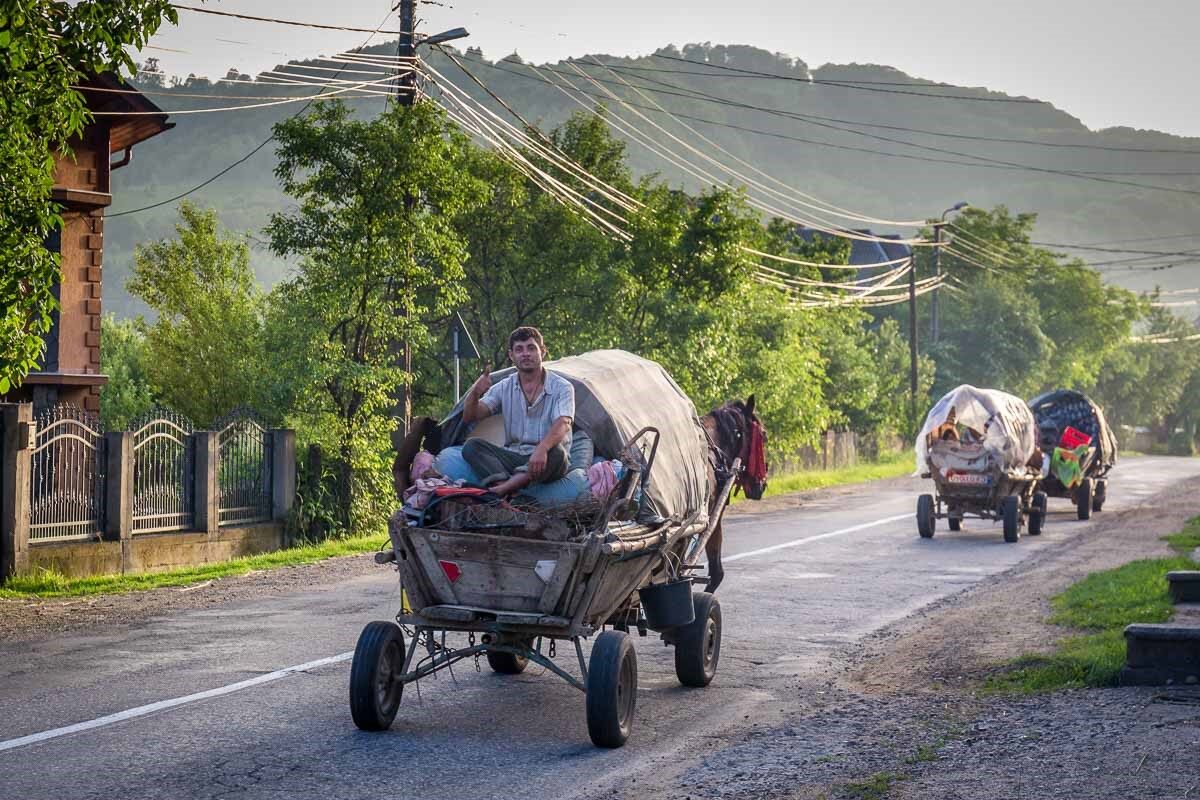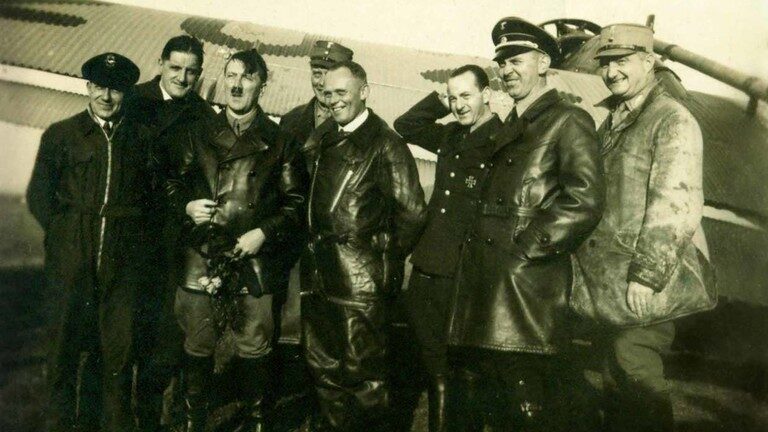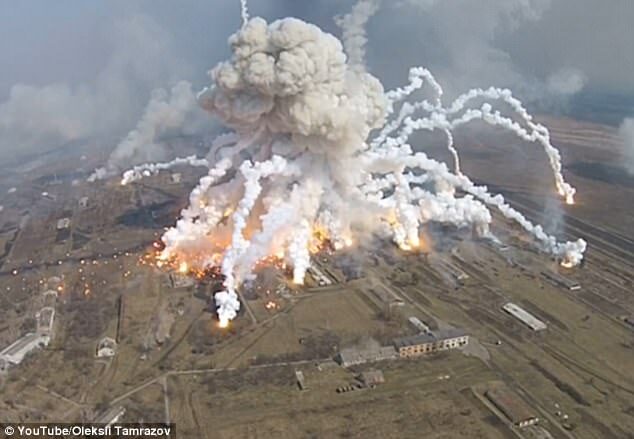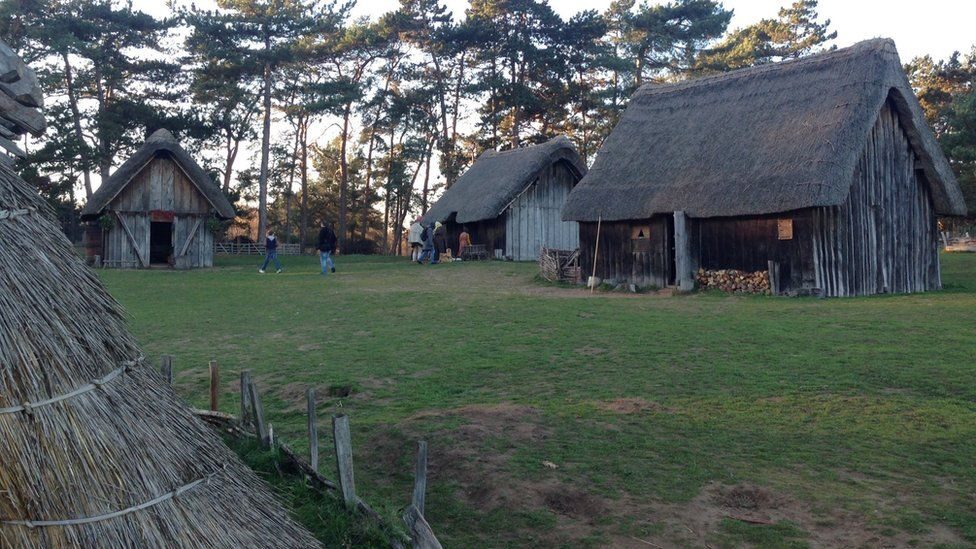
© Blue Moon of Shanghai“May you wander over the face of the earth forever, never sleep twice in the same bed, never drink water twice from the same well and never cross the same river twice in a year.” - An old Gypsy curse.
First, let me tell you of my personal experiences with Gypsies. These cover a period of approximately ten years mostly in Italy, Romania, Germany and France.
One stark memory is of a Gypsy man perhaps 45 years old with what appeared to be a badly-twisted and lame leg supported by a crutch, begging for money in my piazza in Rome. It was painful to watch the man navigate the curbs and flagstones, making his way around the piazza, hoping for a few coins. He was there all morning on most days, but around noon he would pause his circular pilgrimage, stop to empty his pockets and count his bills and change, and apparently decide he had enough for a good meal. So, he would stand up, put his crutch over his shoulder and waltz over to the nice restaurant across the street for lunch.
Another fond memory is of a young Gypsy girl, perhaps only 15 or 16 years old, sitting on the steps of the basilica in the piazza with an infant wrapped in a swaddling blanket and again begging for money. Many church-goers coming and going took pity on the girl and gave generously. But now her blanket was becoming unkempt so, completely oblivious to the surrounding parishioners, she unwrapped the blanket, laid it out and re-folded it so it was again nice and neat. It was a surprise to see there was no infant there; just an empty and cleverly-folded blanket which, with the pathetic facial expressions and body language, was enough to make a good living.

© Blue Moon of Shanghai
I could not recount the number of times I was approached on the street in Rome (and in other cities) by a very attractive young Gypsy woman, in her early 20s and carrying an infant. She would come very close to me, intimate and friendly, choosing one subject or another for conversation while her infant held a largish piece of cardboard between us. It didn't take long to realise the purpose of that cardboard was to block my view of her free hand reaching for my pockets. It was beautifully executed and, with the charming voice and lovely smile of a pretty young mother, suspicions were neutralised. And these girls were everywhere. I couldn't imagine the number of passports and wallets that must have disappeared due to this virtual army of young Gypsy mothers.
My second-most favorite experience was in a retail shop in Rome. I cannot recall the goods it sold, but it had tables rather than high shelves, rather like a billiard hall with 50 tables, and about the same size and height. As I was walking around, I noticed a commotion where a young Gypsy girl, perhaps 15 or 16 years old, must have been caught trying to steal something, and where several men were trying to corner her. The girl dodged and weaved, and made her way almost to the wide exit doors but two adult men were blocking the aisles leading out. I wish you could have been there to see this. The girl paused for a moment, then chose one aisle and rushed right up to the man and screeched to a halt within less than a foot from him. But at that instant, just before the man could grab her in his arms, the girl pulled up her sweater, fully exposing her lovely young breasts. The man appeared stunned, and for a split second he froze, with that fraction of a second more than sufficient time for the girl to duck under his arm and disappear into the street. I was overcome with admiration because her timing was perfect. That act was not only choreographed, but must have been rehearsed 100 times, and was as professionally-executed as any maneuver I have ever seen. It was like watching a Jackie Chan movie.
However, my favorite Gypsy story took place in
Romania, the "home" of the Gypsies. I was walking around downtown Bucharest with a friend, and at an intersection we came upon a Gypsy woman perhaps 45 years old who had a small table set up on the sidewalk with flowers she was selling. And these were not single-stem roses, but elaborate and beautiful bouquets of rare and expensive flowers, all elegantly arranged. I was totally impressed. I said to my friend, "Jesus, this is a lot better than in Rome. In Rome, all the Gypsies do is beg and steal. Here, they are at least trying to earn money by doing something useful." And my friend said, "Well, it would be better if they weren't stealing the flowers from the cemeteries."
But not all events were as pleasant. I cannot eradicate from my memory the picture of a small Gypsy girl perhaps 8 or 10 years old, half-sitting and half-lying on the sidewalk begging for money. She had her dress pulled up to reveal a horribly twisted and mangled leg that appeared to have been broken in several places with none of the parts in their proper position or at a correct angle. Even worse, most of that leg had been severely burned, displaying much more ugly scar tissue than human flesh. It was wrenching to contemplate the suffering that child must have undergone at some earlier point in her life. Naturally, the donations were copious. But then I recalled seeing another young girl of similar age with essentially the same injuries in Florence some months prior. And another in Bologna, and in Venice, and Naples, and in Paris and Marseilles.
And I was forced to conclude that such similar injuries to small Gypsy girls in such a number could not have been a coincidence. The injuries had to have been deliberately inflicted; there was no other possibility.Things may have changed since I lived in Rome but, with the Gypsies being almost entirely nomadic at the time, there were no Gypsy cemeteries. No one knew who died or how or why they died, nor what happened to the body. The leader of a Gypsy Clan or a Group has more or less life and death authority over those under his command, and it would be this man who could levy a death penalty for violations - or for being elderly. He would decide when and which infants would be physically mangled to assist the community's begging efforts. It would be this man who would direct and organise all the begging and thieving categories and arrange for the instruction and training and, judging by experience, this of necessity would begin at a very young age.





Comment: See also: